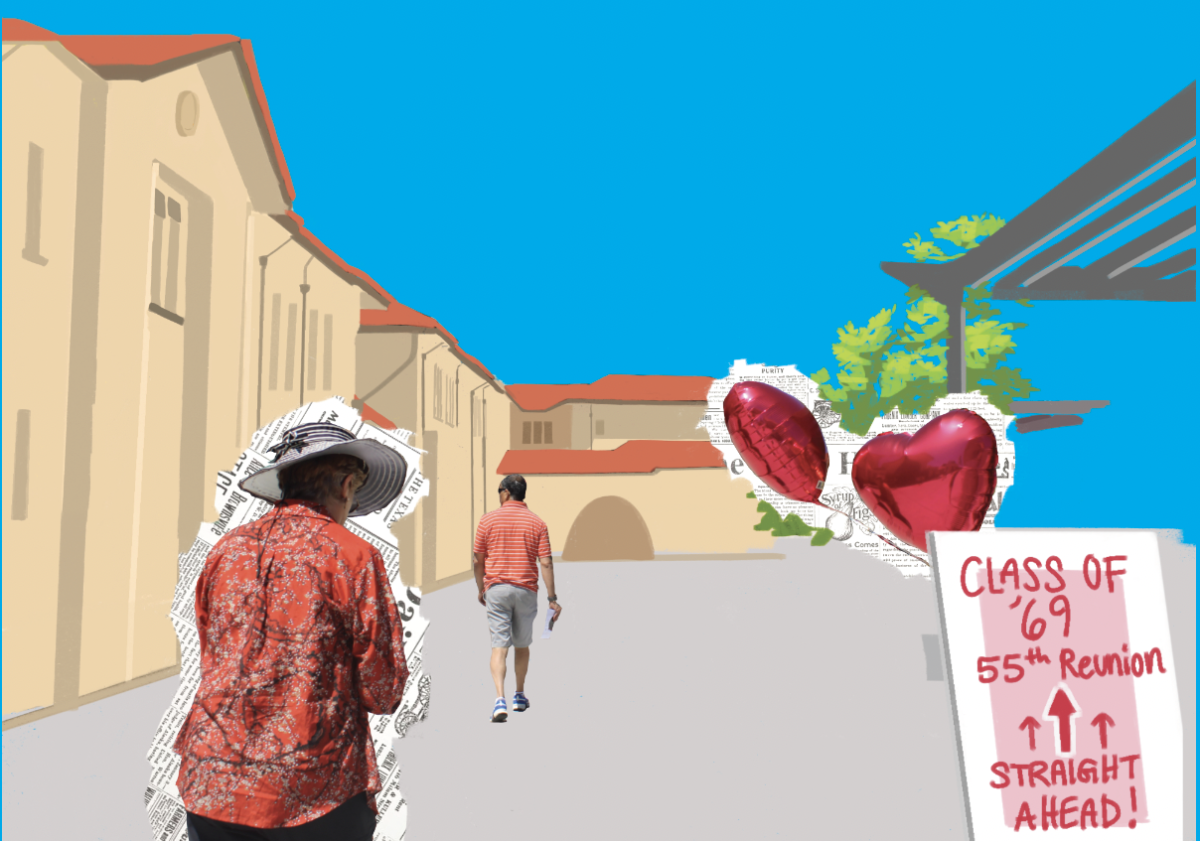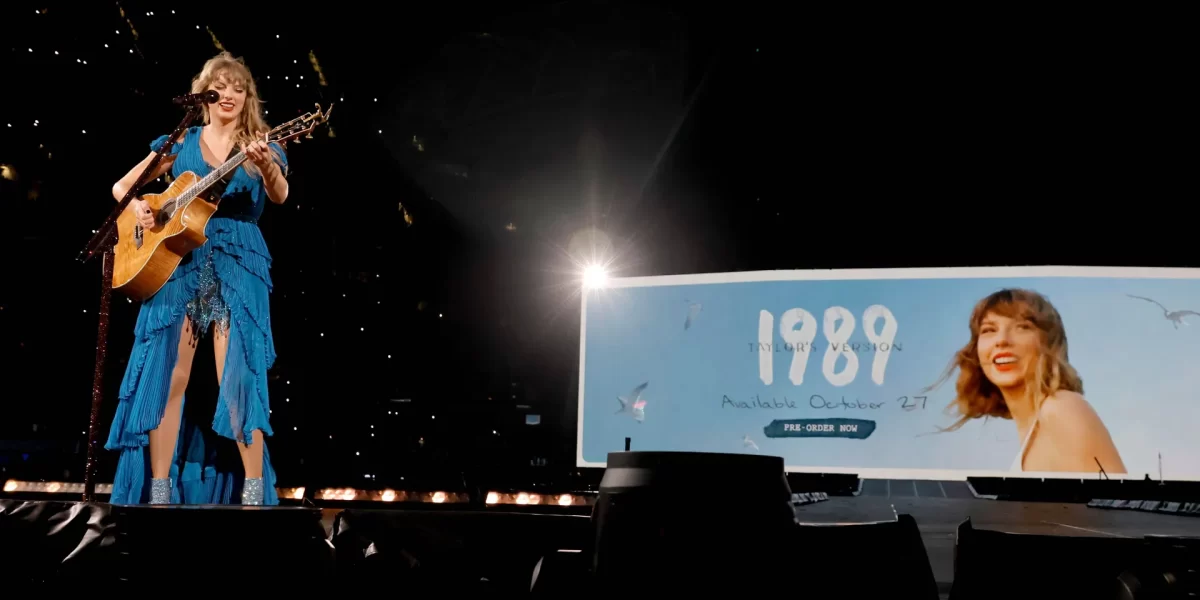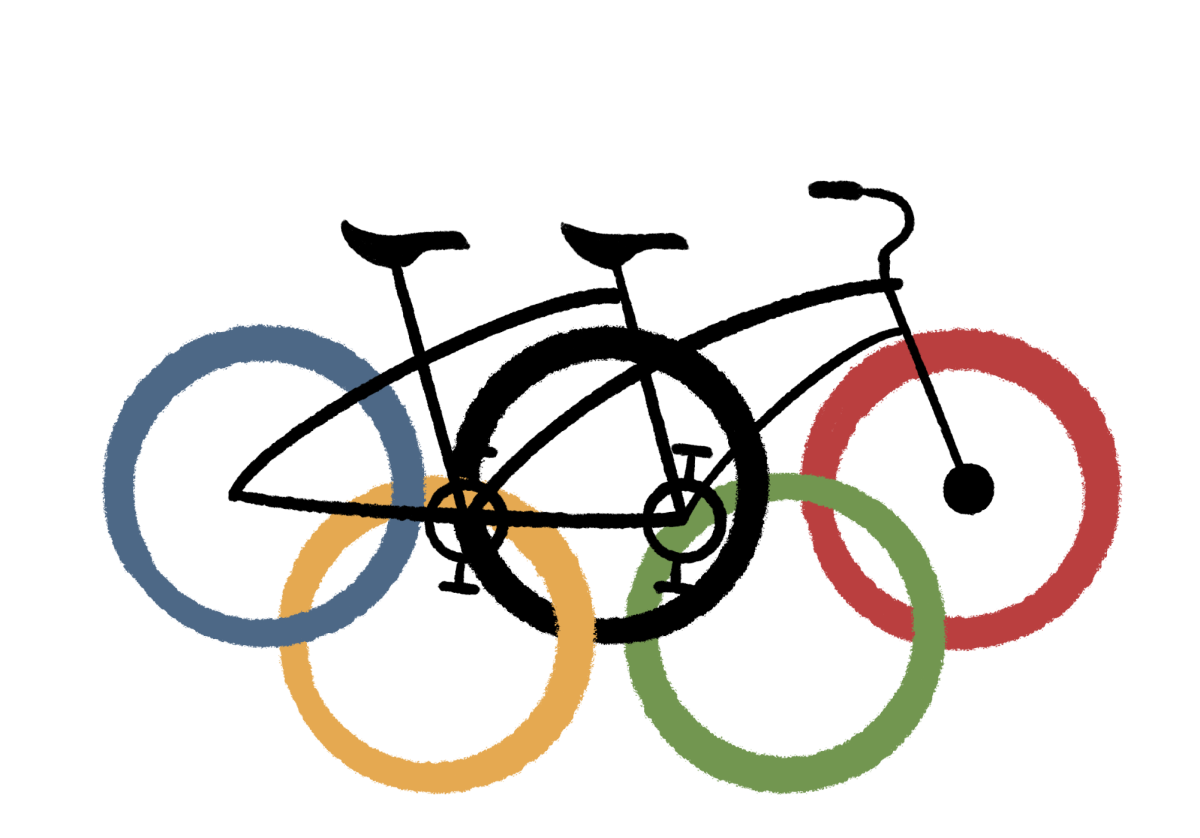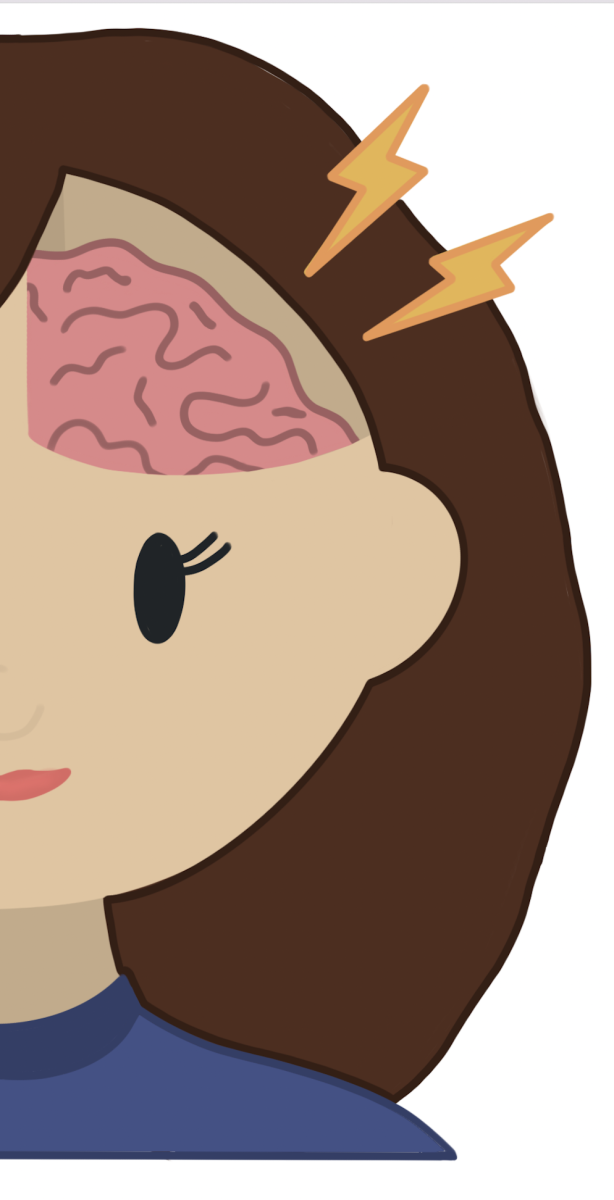Ballet is oftentimes associated with grace and elegance, and dancers are assumed to present themselves in a way to emulate these principles. However, this desire for uniformity stems from problematic ideals practiced throughout ballet companies worldwide. Whether it be through unrealistic body image standards or blatant racism, the world of ballet is extremely bigoted.
Ballet is an old art form dating back to the Renaissance period, and demographically very little has changed since. The issue of racism within the profession has become a more prevalent issue in the past couple of decades. It is being recognized as a primarily white-dominated field that is inaccessible to racial minorities. Many world-renowned ballet productions, such as “Swan Lake,” require dancers to wear white face paint to mimic the roles they portray. For performers of color in these productions, this can feel like a targeted attempt at conformity. On the other hand, some companies use blackface in ballets rather than casting actual dancers of color. Dancers of color at notable dance companies across the world have been sharing their own stories about the issues of toxicity in ballet culture. There has been momentum to try and petition for pointe shoes to be more inclusive of all skin tones rather than coming in only “European pink.”
As a young dancer, certain performances will stay with you throughout your entire career, serving as inspiration. But no matter the skill set or technique of any idolized ballet dancer, the feature they all have in common is their perfect “ballet body”. The desired features of long slender limbs, a small waist and limited curves make up the shining example of a stereotypical ballerina. As a result of this, oftentimes dancers, particularly those of color, feel pressured into adopting specific eating habits to conform to this standard. This combination of high-intensity physical exertion and pressure of the profession often leads to malnutrition. The pressure from ballet teachers and peers often manipulates one’s mind and allows the perpetuation of this harmful stereotype. Some teachers even go as far as dismissing skill and talent in those who do not meet the criteria, and instead focus their attention on those who fit the traditional mold of a ballerina. Teachers are not beyond making passive-aggressive comments about weight, saying things like ‘Your lunch is showing’ or subtly suggesting dietary restrictions. This can lead to the unhealthy normalization of eating disorders that plague the dance community.
Dance is a form of self-expression that shouldn’t be marginalized in the name of tradition. Ballet’s stigmatized views on bodies feed into the overarching theme of problematic bias and racism throughout the ballet community. With all the institutionalized problems within ballet, there have been steps towards making change and creating a more inclusive and kind environment for everyone.



















